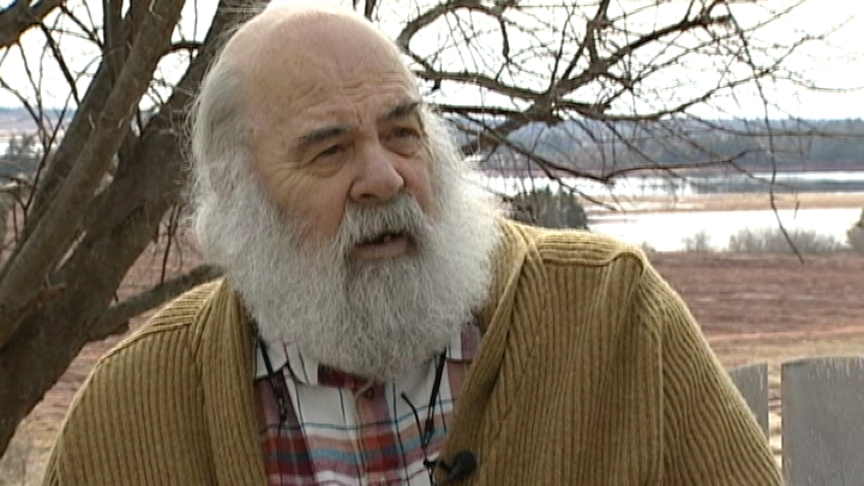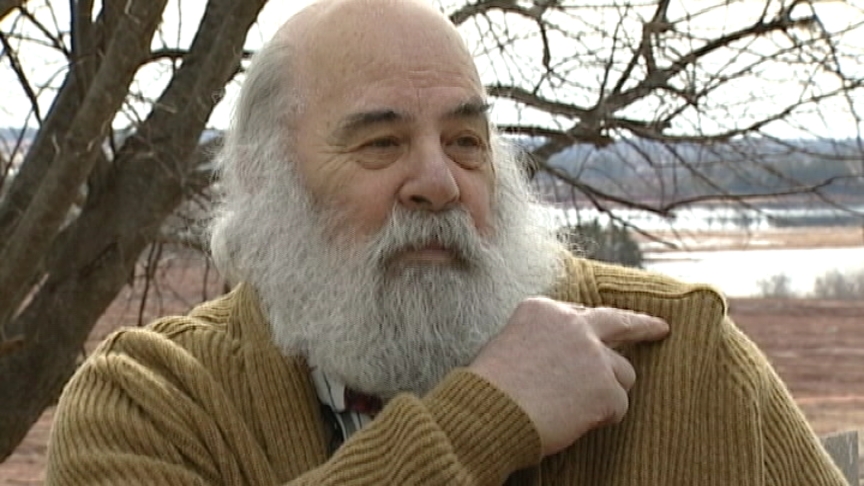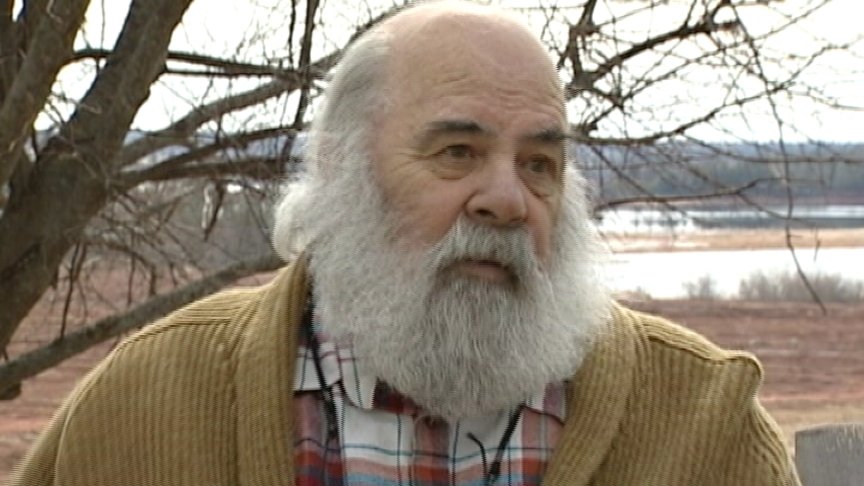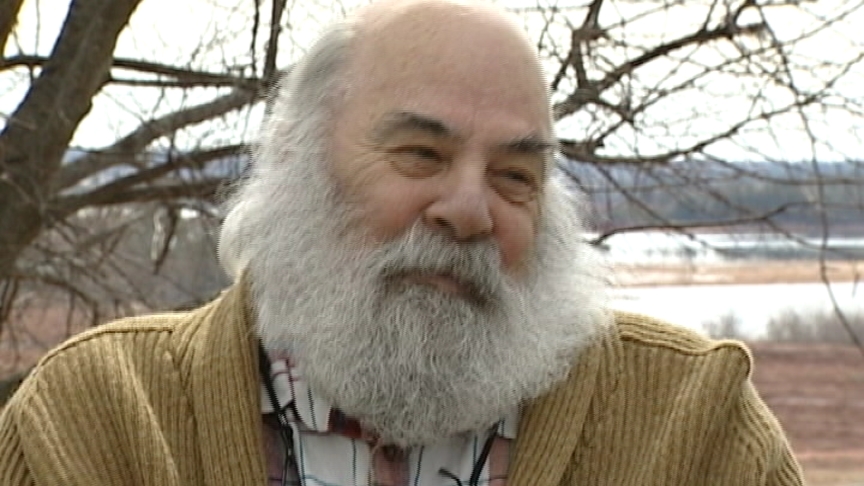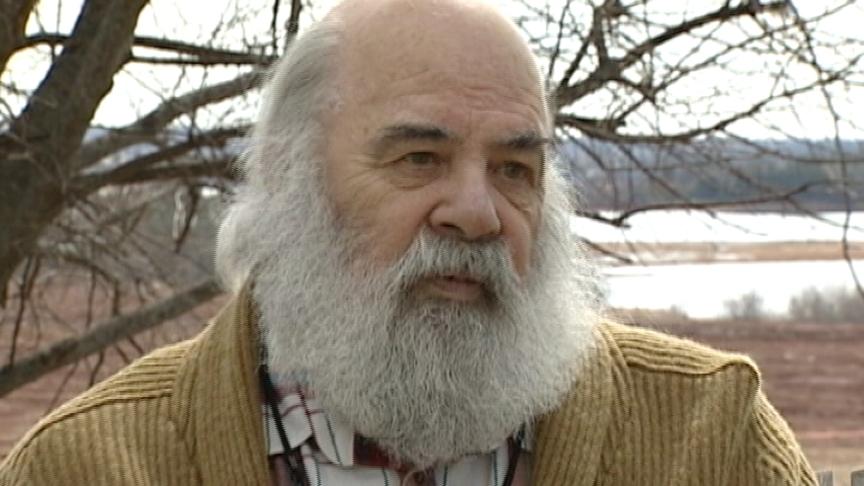Why Me
Heroes Remember
Transcript
The trip that I never will forget is one where we went to, two
aircraft, went to Keflavik, Iceland and we were due to fly out
of Iceland after a couple of days and come back to Goose Bay,
which was about an eight hour flight on the Lancaster.
And we taxied out to the runway, end of the runway and the
other aircraft was right behind us. We took off, but they had
some sort of a malfunction that they had to fix. And I was
working the radio, so about an hour or so later I heard a
message from them saying from the base that they had taken off.
And so reported to the captain of our aircraft. We were
there for about an hour and a half I suppose ahead of them
flying back, and we got, as we neared Labrador, near Goose
Bay, the weather closed in, and by the time we got to Goose
Bay, there was no way we could land and the tower told us the
airport’s closed. You’ll have to keep flying to Greenwood,
which we knew would be a bit of a stretch in terms of fuel.
We got enveloped in this terrible storm and began to get into
some serious difficulties, and I guess the most dramatic
moment was when the navigator, his name was Jim Grano, Flying
Officer Jim Grano, he slammed his maps and his protractor and
stuff down on the navigation table and said, “That’s it. I
don’t’ know where we are. I don’t know where we’re going and
I don’t know what we can do.” Because there were a number of
other factors which were not coming into play. I mean one is
that your compass is very, very dicey up there in those
northern latitudes. We navigated them by dead reckoning. I
mean there was no such thing as GPS that you could get a
position like that. It was a complicated procedure. We were
still shooting you know with the astro light at night to get
positions, accurate positions. So it was clear we were in
serious trouble. And we flew and we flew and we flew in the
general direction of Greenwood. And by pure, pure fluke the
pilot who was operating his radios which were on tower
frequencies, tuned his into the frequency of Chatham and
suddenly picked up Chatham Tower. Chatham Tower gave us a
bearing to get in over Chatham. You couldn’t land there
either because the storm was also sweeping there. I couldn’t
operate the radios because the static was so bad that we just
couldn’t get out anywhere and it was clear that the ice was
playing hell with our ailerons which were fabric on this old
aircraft that we were flying. So when we got the bearing over
Chatham, the pilot took a vector from there towards Greenwood
and we flew again, flying blind until we picked up a tower,
the tower of Greenwood, let down over the North Mountain and
landed after 13 hours and 20 minutes in the air. We had about
10 to 20 minutes of fuel left in the tank. So it was
basically a one-pass landing. The ailerons were all shredded
from ice pellets and what have you. So we immediately, of
course, we head to the bar to celebrate the fact that we had
made it, and it was there that we learned that the other
aircraft was overdue which meant that we were almost
immediately scrambled for search and as the storm passed we
then flew up and got into Goose Bay, and we searched for them
for about a week, found nothing. The next spring, an Inuit or
Maliseet Indian hunter found what was left of them, which
wasn’t much because the animals had been at them, but found
some wallets and stuff. And they brought the two remains back
to Greenwood and we had a funeral. I was barely twenty, I
guess, when that happened and it was one of those things, you
know the people in the other aircraft were people I had flown
with on missions and they were all friends or people who’d
been in my course in Clinton, Ontario. And for the rest of
your life you wonder why me? Why them? Why did we make it
and they didn’t? They had been in exactly the same
predicament except they had flown into a mountain in Goose Bay
or south of Goose Bay. A hundred miles south of Goose Bay.
So you wonder about these mysteries you know.
But it was them, but it could just as well have been us.
Description
Mr. McAndrew describes surviving a storm tossed flight which saw his aircraft diverted from Goose Bay to Greenwood.
John Allison ‘Jack’ McAndrew
John McAndrew was born in Dalhousie, New Brunswick on February 15, 1933. His family moved to Charlottetown, where he grew up. He decided to enlist in the Royal Canadian Air Force, hoping to become a pilot, but was selected to become a radio officer, flying in a converted Lancaster bomber on anti-submarine patrols over Canada’s Eastern waters. For him, peacetime service proved uneventful and he moved on to a successful career in broadcasting. At the time of his retirement Mr. McAndrew held the rank of Flying Officer.
Meta Data
- Medium:
- Video
- Owner:
- Veterans Affairs Canada
- Duration:
- 5:16
- Person Interviewed:
- John Allison ‘Jack’ McAndrew
- War, Conflict or Mission:
- Canadian Armed Forces
- Location/Theatre:
- Canada
- Branch:
- Air Force
- Units/Ship:
- 407 Squadron
- Rank:
- Flying Officer
- Occupation:
- Radio Operator
Related Videos
- Date modified:



